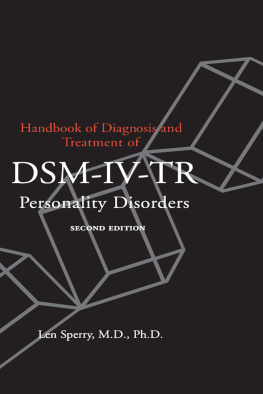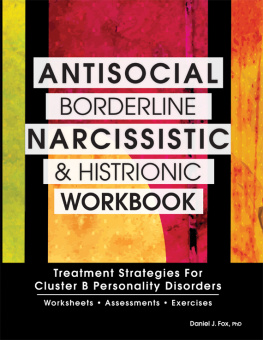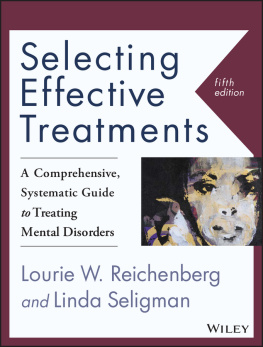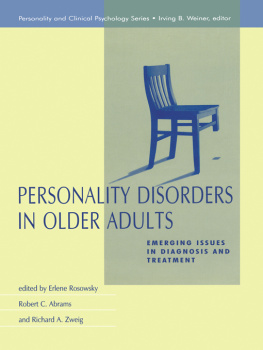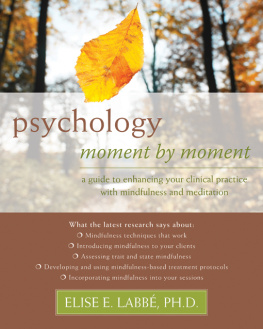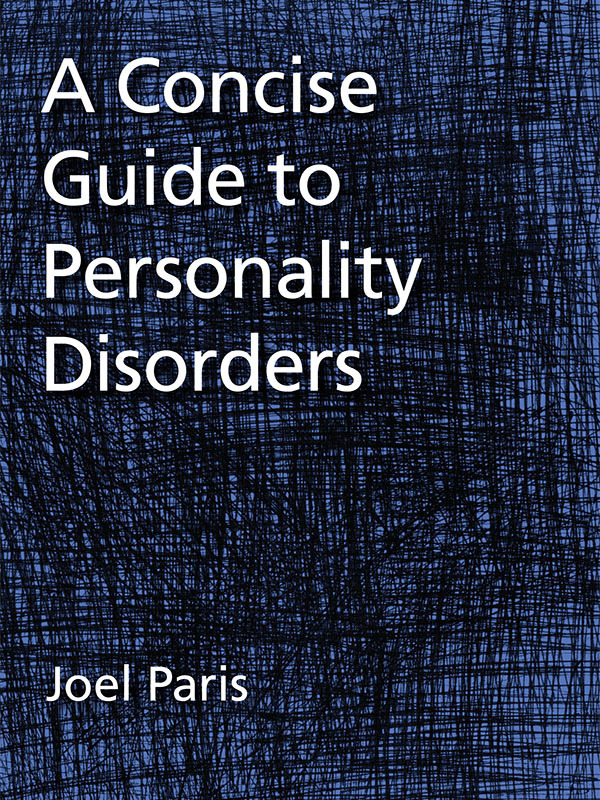Copyright 2015 by the American Psychological Association. All rights reserved. Except as permitted under the United States Copyright Act of 1976, no part of this publication may be reproduced or distributed in any form or by any means, including, but not limited to, the process of scanning and digitization, or stored in a database or retrieval system, without the prior written permission of the publisher.
Electronic edition published 2015.
ISBN: 978-1-4338-1982-7 (electronic edition).
Published by
American Psychological Association
750 First Street, NE
Washington, DC 20002
www.apa.org
To order
APA Order Department
P.O. Box 92984
Washington, DC 20090-2984
Tel: (800) 374-2721; Direct: (202) 336-5510
Fax: (202) 336-5502; TDD/TTY: (202) 336-6123
Online: www.apa.org/pubs/books
E-mail:
In the U.K., Europe, Africa, and the Middle East, copies may be ordered from
American Psychological Association
3 Henrietta Street
Covent Garden, London
WC2E 8LU England
Cover Designer: Berg Design, Albany, NY
The opinions and statements published are the responsibility of the authors, and such opinions and statements do not necessarily represent the policies of the American Psychological Association.
Library of Congress Cataloging-in-Publication Data
Paris, Joel, 1940- , author.
A concise guide to personality disorders / by Joel Paris.
p. ; cm.
Includes bibliographical references.
ISBN 978-1-4338-1981-0 ISBN 1-4338-1981-3
I. American Psychological Association, issuing body. II. Title.
[DNLM: 1.Personality Disorders. WM 190]
RC473.P56
616.85'81dc23
2014043625
British Library Cataloguing-in-Publication Data
A CIP record is available from the British Library.
First Edition
http://dx.doi.org/10.1037/14642-000
This book is dedicated to the clinicians and researchers with whom I have collaborated on understanding and treating personality disorders.
Contents
Acknowledgments
M ichael Bond and Robert Biskin read an earlier version of this text and made many useful suggestions for improving it. I am also grateful to the peer reviewers and to Beth Hatch of the American Psychological Association, who recommended changes that have been included in the final version.
Introduction
P ersonality disorders (PDs) are commonly encountered in practice, but their management is challenging. Patients with these diagnoses can be described as the stepchildren of the mental health professions, the patients we have to take care of, even if we would rather not. However, one message of this book is that some forms of PD have a good prognosis and many (but not all) patients can be treated effectively. These conditions are no more mysterious or problematic than psychoses, mood disorders, or any other major group of mental illnesses. However, treating this population requires a wide range of knowledge and skill in biological, psychological, and social domains.
To provide effective therapy, you first have to recognize the problem. In many patients, PD goes undiagnosed. Clinical psychologists may prefer to diagnose anxiety and depression because they have tools designed to deal with those problems. One has to wonder whether psychiatrists tend to avoid making these diagnoses because they prefer to prescribe medication. Yet all mental health professionals need to understand the difference between transient symptoms and lifelong dysfunction.
This having been said, making a diagnosis of PD requires a certain level of skill. The construct is defined by the Diagnostic and Statistical Manual of Mental Disorders (5th edition; DSM5; American Psychiatric Association, 2013) as an enduring, inflexible, and pervasive pattern of inner experience and behavior that begins in late adolescence or early adulthood and that continues to impede functioning in work and relationships over many years. However, clinicians have to make judgment calls, such as how enduring the personality pattern is and the extent to which it impedes functioning. As this book will show, there is no absolute boundary between variations in normal personality and PD. However, some PDs have striking symptoms that may be mistaken for other categories of mental illness.
WHY I WROTE THIS BOOK
The primary focus of my professional career has been patients with PDs. Some of my colleagues try to avoid these casesin vain, because they are common in practice (unless, of course, you entirely ignore the role of personality in psychopathology). I also have colleagues who think these patients are just too difficult. I find the problems they present fascinating and challenging, but there is no easy fix, either through medication or psychotherapy.
When I began to treat patients with PD, I was not satisfied with what were then the most influential theories, explaining personality pathology as a result of an unhappy childhood. I saw many patients with traumatic childhoods who grew up to be normal. I also saw patients with severe PDs who had suffered little more than misunderstanding.
I was curious to find out more about PDs, so after almost 15 years of clinical practice and teaching, I started a second career as a researcher. This meant returning to my roots in psychology (my undergraduate major). I was fortunate to be able to collaborate with psychologists trained in research. I had the added benefit of having practiced psychiatry on some of the sickest patients that mental health professionals see.
I entered the PD field just as it began to take off. The International Society for the Study of Personality Disorders was founded in 1987 and held its first meeting in 1988 (a 25th anniversary conference was held in 2013). The first issue of the Journal of Personality Disorders was published in 1987, and there are now two other print journals that focus on PD ( Personality Disorders: Theory, Research, and Treatment and Personality and Mental Health ). Attending scientific meetings over the years, I have met stimulating colleagues from all over the world, from whom I have learned much. Researchers in the same area tend to be spread around but form a kind of invisible collegewe often see more of each other than colleagues from the same university. There are not many of us, only about 200 active PD researchers worldwide. I am proud to be of these happy few.
As a clinician, a teacher, and a researcher, I am also pleased to say that interest in PDs is definitely on the rise. Research on PDs has become much more active in the past 30 years, moving the field from clinical speculation to solid empirical investigation; since 1987, more than 20,000 articles reporting empirical research have been published. However, clinicians in practice, as well as many academics, continue to be reluctant to recognize PDs or to offer patients the specific forms of treatment they need. In this book, I try to explain why and give reasons why minds need to be changed.






